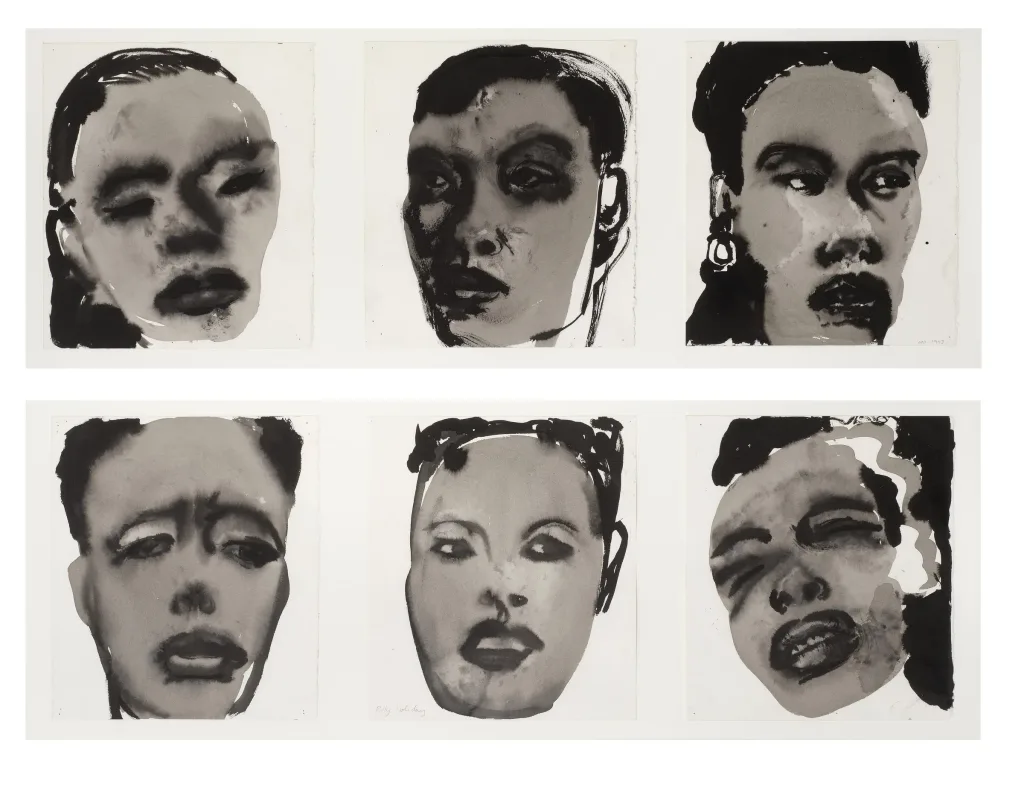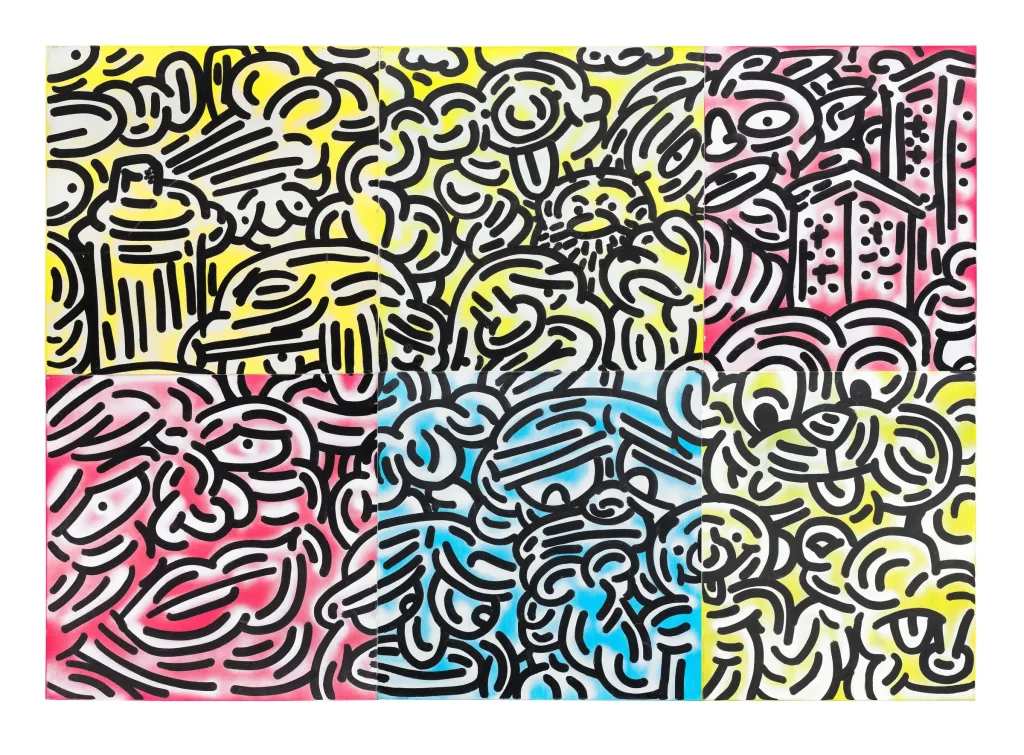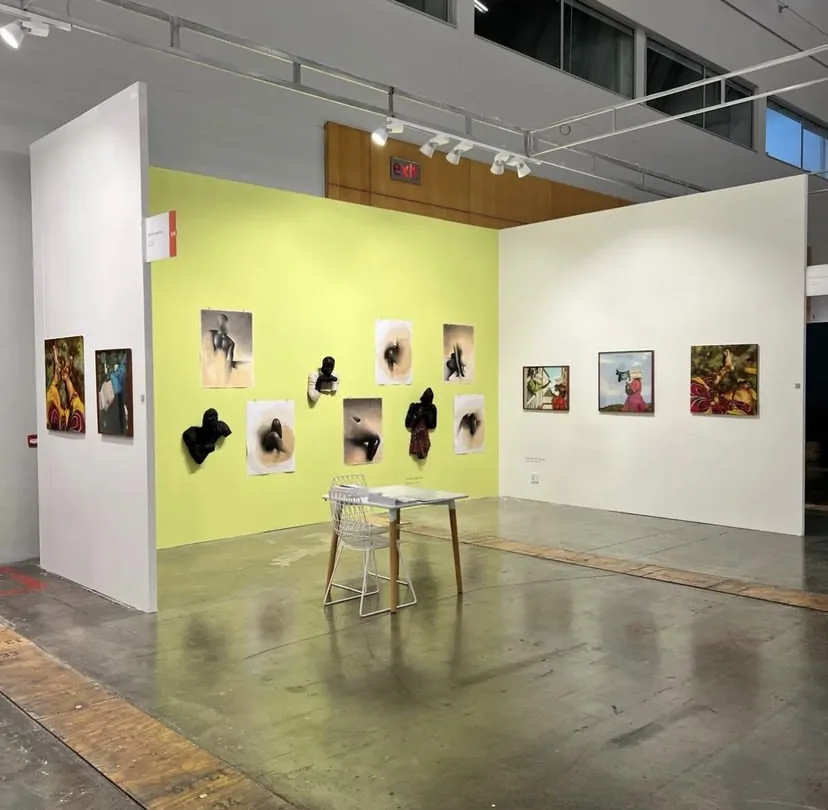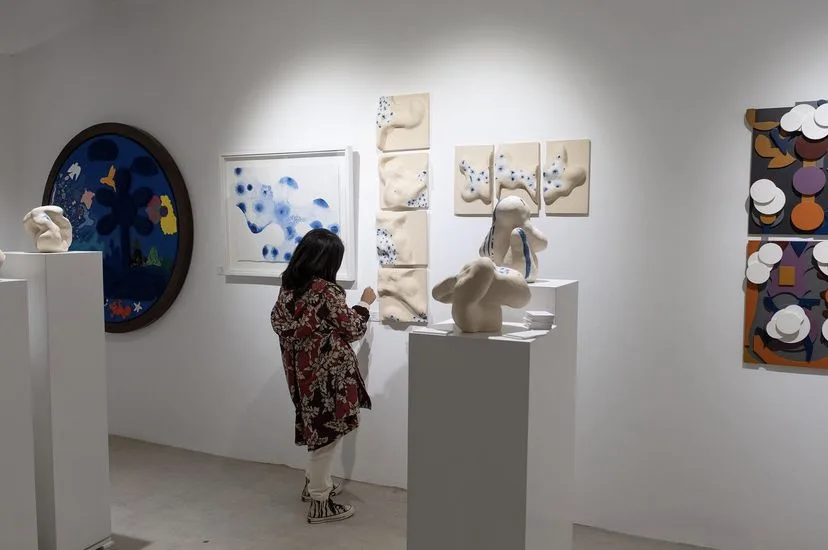Building on the recently published global art market recap, this article shifts the focus on Africa’s growing art scene. It delves into how African art is gaining recognition in the world stage and addresses critical issues surrounding adequate representation and revenue disparities with Western counterparts.
As noted in the previous article, online art sales platforms, such as Artsy, have become vital channels for art fairs and galleries to showcase and sell their works. Remarkably, these platforms are also shining a spotlight on African art, providing artists and galleries from the continent with increased visibility.


In a landmark moment for African art representation, the Bonhams Modern and Contemporary African Art Auction on October 16, 2024 shone a spotlight on the continent’s creative excellence. The top three sales belonged to acclaimed African artists, with Nigerian master, Benedict Chukwukadibia Enwonwu’s Festac ’77 fetching £444,900, surpassing estimates. South African artist William Kentridge’s Monument I and South African-British Marlene Dumas’ Billy Holiday (1993) also made waves, selling for £483,000 and £152,800, respectively – far exceeding predicted values. Coming in fourth is Untitled (2020) (unframed) by Olaolu “Slawn” Akeredolu-Ale, an artist who is relatively new, with his piece selling for £11,520. This remarkable outcome underscores the growing recognition and appreciation of African art on the global stage.
On an amazing note, African artists are also achieving global recognition and substantial financial prosperity, with some earning impressive incomes reaching six and seven figures. Four artists of African heritage, Lynette Yiadom-Boakye (Ghana), Njideka Akunyili Crosby (Nigeria), Toyin Ojih Odutola (Nigeria), and Jadé Fadojutimi (Nigeria), were among the Artnet Intelligence Report’s Top Ten Sellers for Works By Artists Born After 1974 in their 2024 Mid-Year Review. At the Christie’s 20th/21st Century Art sales, Ghanaian artist, Lynette Yiadom-Boakye’s Black Allegiance to the Cunning realized $2,954,000 after a seven-minute bidding war; this piece also ranked 3rd on the Marketplace Best-Seller Lists for Ultra-Contemporary Art by Artnet’s Intelligence Report (2024 Mid-Year Review). Conversely, in the 2024 Artnet Intelligence Mid-Year Review, Lynette Yiadom-Boakye made the number 1 on the list of Most Bankable Artists with a total sale of $7,676,935; and Jadé Fadojutimi came 3rd with a total sale of $6,122,050. Analogously, courtesy of the Tate Modern, El Anatsui’s culturally infused colossal installation, After the Red Moon, commenced its global gallery tour which began at the Museum of Art Pudong.

Despite the growth of African art through fairs, auctions, and other platforms, sales for African artists remain relatively low on a global scale. Notably, the 2024 Contemporary Art Market Report by Art Price reveals a striking absence: no African country appears among the top 15 countries in both the contemporary and ultra-contemporary art market. This omission suggests that African countries’ art market turnover may not be significant enough to register globally. This raises important questions: Is African art’s relatively low global market presence due to its recent emergence as a recognized force in the art world, valued for its inherent artistic merit rather than its historical association with colonialism or tribal exoticism? Are lingering Western perspectives still influencing its perception and valuation.
Considerably, I believe multiple elements fuel this disparity, emphasizing the need for sustained efforts, further exploration and support to bridge the gap. One of them is limited global representation. Major art fairs that attract prominent galleries and collectors are predominantly held in non-African countries, such as Art Basel (Switzerland), La Biennale di Venezia (Venice, Italy), Art Cologne (Cologne, Germany), Art Dubai (Dubai, UAE), The Armory Show (New York), Frieze Art Fair, and others. Even though Africa hosts prominent contemporary art fairs like ArtX Lagos, the 1-54 Contemporary African Art Fair in Marrakech, and the Investec Cape Town Art Fair, these events don’t quite attract the same level of global attention that their counterparts in Europe and the United States enjoy, with little to no African fairs yet ranking among the world’s most recognized art shows.


Equally impactful are systemic challenges rooted in cultural, economic, and historical narratives. The art historical canon has long prioritized Western art, often overshadowing African art and hindering its global recognition. This imbalance in exposure has limited African artists’ access to international art spaces, funding, and networks crucial for growth. Economic hurdles also play a role, as many African artists struggle with restricted financial resources and limited access to markets, making it difficult to fully develop their craft and sustain creative ventures. Meanwhile, African art has often been marginalized or categorized as “tribal” or “traditional,” limiting its appreciation as contemporary art. Such outdated labels, shaped by colonial perspectives, continue to oversimplify and undervalue the diversity of African artistic expression, making it challenging for African art to achieve the visibility and credibility it deserves on the global stage. Moreover, global art enthusiasts and collectors may lack familiarity with African art, its history, and its significance, which can hinder the appreciation and demand for their work.


The limited representation of African artists in major global galleries and museums restricts their visibility and influence on the international stage. While African art is rich and diverse, it is often confined to themed exhibitions rather than being included in permanent collections. This reduces exposure, impacting the valuation of African art in global markets and narrowing career opportunities for these artists. Additionally, African artists frequently encounter barriers when accessing international markets due to visa restrictions, logistical challenges, and a limited online presence.
As the African art market continues to grow, addressing these challenges and leveraging opportunities will be crucial for increasing global recognition and sales for African artists.


